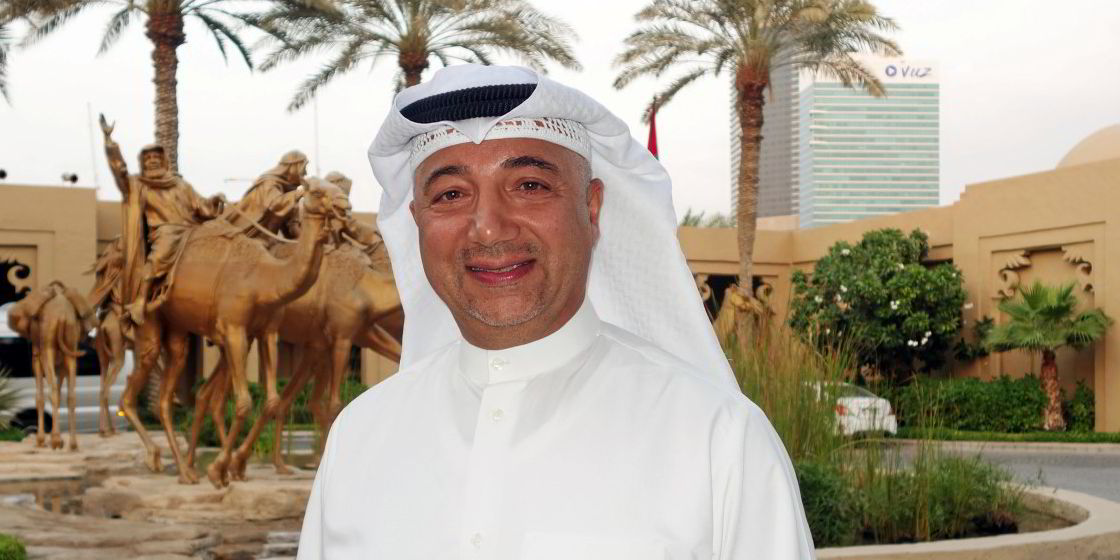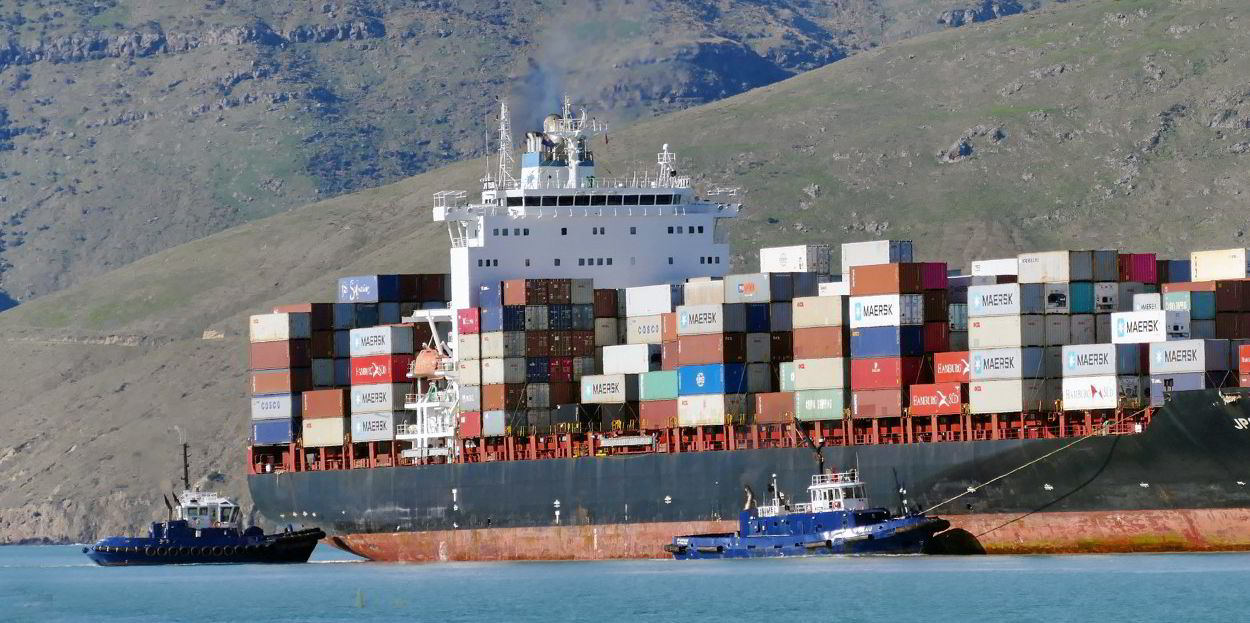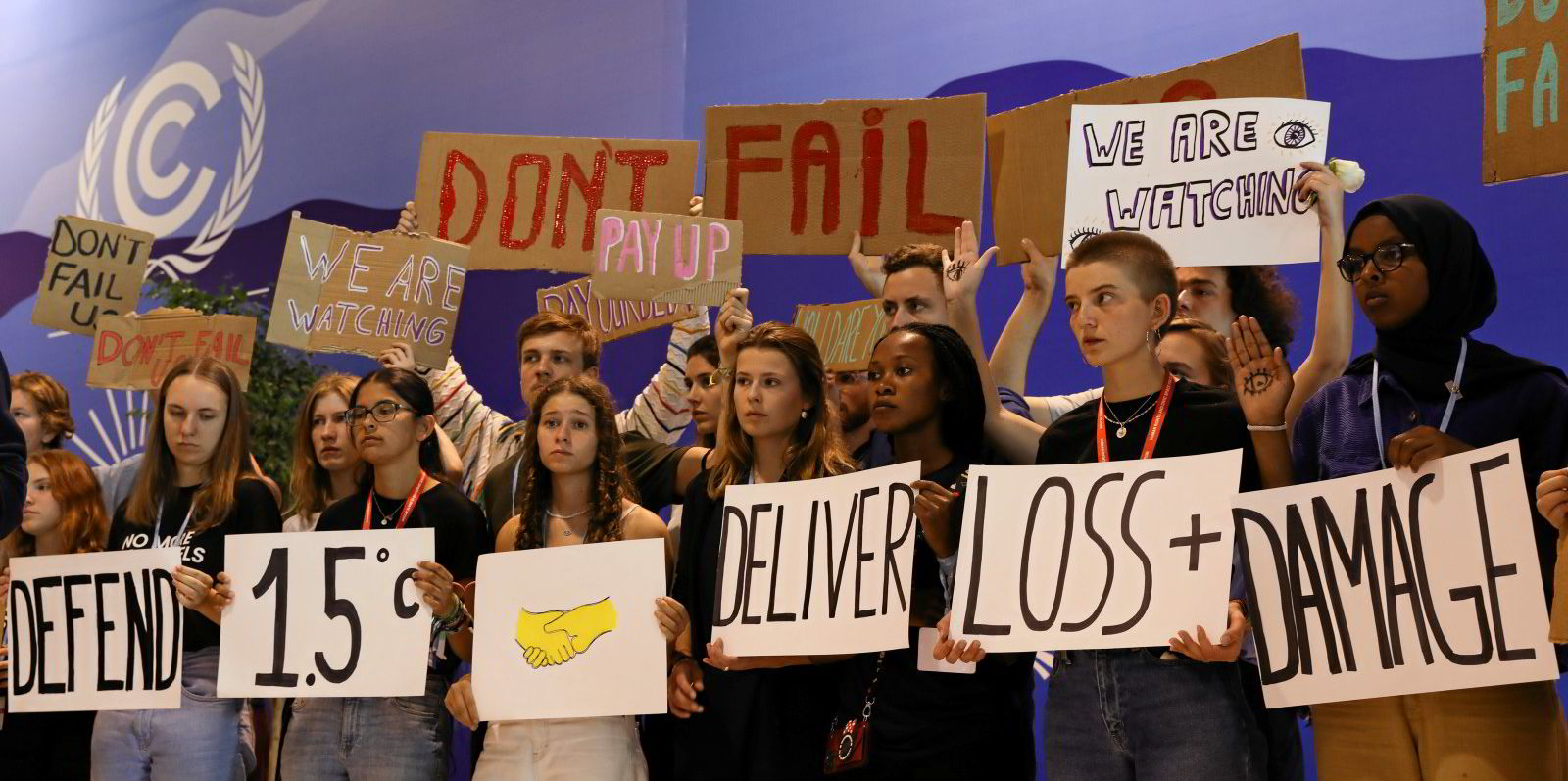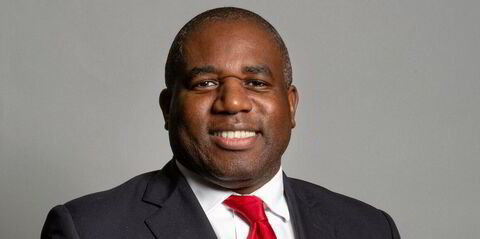Middle Eastern shipowners, on the surface, appear to be lagging behind their peers in Europe and Asia when it comes to decarbonisation.
Few, if any, of the region’s shipowners have ordered dual-fuel vessels and signed up to participate in industry-driven decarbonisation activities.
Nothing could be further from the truth, claims DNV’s global director of special projects and services Ali Shehab and V.Group chief executive Rene Kofod-Olsen — two Dubai-based veterans of Middle Eastern shipping with strong shipowning backgrounds.
Shehab, who joined DNV after decades in senior management roles at Kuwait Oil Tanker Co, claims cultural differences are partly at play.
“The big players in this region take the decarbonisation matter differently to people in Europe, Asia and North America,” he said. “Those people, what drives them is ethics. They don’t wait for state-level direction, they actually lead. You find, in some situations, companies and organisations are leading and the government is following.
“That doesn’t mean we are completely ignorant towards the environment. Here in this region, there is a big love of the environment.”
Shehab said government policy is what drives change in the Middle East. This is not surprising given that many of the major players in the region are linked to national oil majors or are owned by the state.
Until now, he said Middle Eastern shipowners have just had to follow what the IMO has mandated.
“Now shipowners must comply with their state’s directions, which means they have to follow what the state does,” he said.
Despite being the world’s largest oil-producing region, many Middle Eastern countries have announced progressive decarbonisation goals. The United Arab Emirates, for example, has set its net-zero directive to 2050, and is investing heavily in alternative energy sources.
Other countries in the Middle East have pledged to get to net zero by 2060 at the latest.
Kofod-Olsen firmly believes that these targets will be met.
“Having lived here for so many years, I have seen that the route from concept to decision is short,” he said. “Many governments around the world can learn from this region’s efficiency and reduced bureaucracy. Quicker decision-making would be becoming for everybody.”
Kofod-Olsen dismisses any suggestion that shipowners in the Middle East are less interested in decarbonisation and going green.
“I’m sitting here in Dubai, and I see all the clients that we are working with,” he said. “I must say, they are certainly progressive in the way that they want to participate in the whole ESG agenda. It is definitely on their agenda, and they are willing to invest.
“They will have, I think, an opportunity to build the right ships and be part of the whole ‘what’s next’ equation. And none of us know that. The biggest conundrum in shipping right now is that nobody knows what the propulsion of the future will be in terms of what drives the business forward.”
Kofod-Olsen suggests this uncertainty is why the big Middle Eastern shipowners — mostly tanker companies whose ships trade worldwide — are holding off on ordering ships with dual-fuel engines for now.
“You can build a vessel that has the capacity to do dual fuel, but the biggest challenge that we all have in shipping is the supply chain,” he said. “It is one thing to decide that you want to run with, take methanol for instance, but are you then sure that you can get methanol no matter where you are, if that’s what you need? Or will you end up running mostly on diesel if you have a dual-fuel mechanism?”
Shehab notes that the big Middle Eastern shipowners have always ordered high-specification ships that met all the IMO requirements at the time they were built, and expects they will continue to do so in the future.
In the meantime, he would like to see these companies raise their ESG profiles by publishing their decarbonisation strategy and emissions targets.
“Put it on your website,” he said. “And put out a report showing that you meet it.”
Challenge for smaller owners
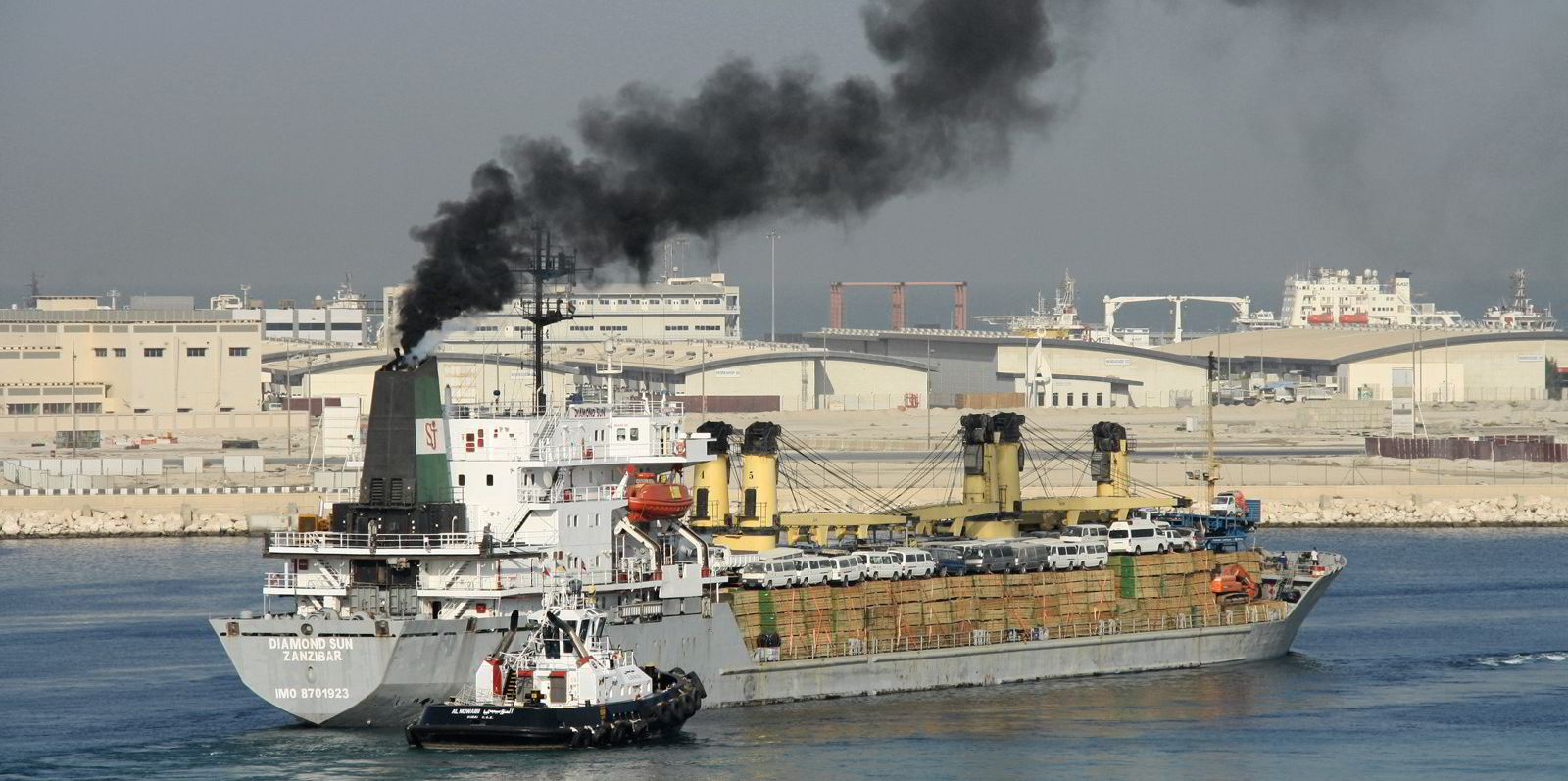
Middle Eastern shipping may be dominated by large companies with the financial wherewithal to invest in green ships, but what about the numerous small companies that have just a handful of older ships that eek out a living in marginal fringe trades?
These companies — using old, secondhand ships that are often paid for in cash and trade in the Red Sea and the Eastern Mediterranean, and from Middle East Gulf to East Africa and the Indian subcontinent — seldom make it into the pages of TradeWinds, but they play an important role moving large quantities of general cargo and bagged commodities throughout these regions.
Few of these companies have access to the financing that would be required to build new ships, let alone ones with dual-fuel engines of any type.
For many of these owners, upgrading their existing ships with digital technology to monitor fuel consumption, engine performance and emissions will also prove financially challenging, even if they wanted to install such technology on vessels that are rapidly approaching their trading lives.
Shehab believes that meeting future IMO or national emissions targets is going to be tough for these owners, beginning with the upcoming Energy Efficiency Existing Ship Index (EEXI) and Carbon Intensity Indicator (CII) compliance requirements.
He said: “The small shipowners have one year from here until 2024, because they would come in December this year and renew their international oil pollution prevention certificate and then kick the can for another year. After that? Let’s wait and see.”
